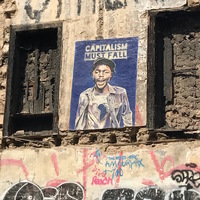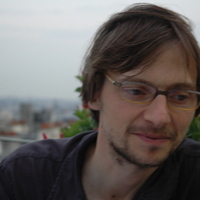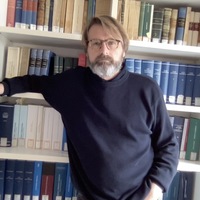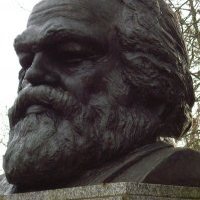
Håkan Nilsson
Related Authors
David Seamon
Kansas State University
Gavin Grindon
University of Essex
Martin O'Neill
University of York
Yannis Hamilakis
Brown University
Stephane Tonnelat
Centre National de la Recherche Scientifique / French National Centre for Scientific Research
Asher Ghertner
Rutgers, The State University of New Jersey
Volodymyr Ishchenko
Freie Universität Berlin
Mauro Grondona
University of Genova
Peter D. Thomas
Brunel University
Onur Ulas Ince
SOAS University of London
InterestsView All (6)










Uploads
Papers by Håkan Nilsson
av en uppdragsforskning som Statens konstråd beställt av ämnet
Konstvetenskap på Södertörns högskola. Boken tar avstamp i den
komplexa situation som omgärdar offentlig permanent och tillfällig
konst, beställd och sanktionerad av privata eller offentliga medel,
eller tillkommen på enskilda initiativ. Här diskuteras konstens
roll som pågående projekt eller just konstverk, dess funktion som
värdeskapande, trygghetsskapande, minnesmärke liksom som del av
korta deltagandeprocesser och som verkande över lång tid.
his dissertation, using a genealogical perspective, examines American art critic Clement Greenberg and why has become the foremost representative of modernism in much of contemporary, postmodern art criticism. The minimalist break with Greenbergian modernism (esthetic/formalism) during the Sixties has played, and continues to play, an important role in art theory. The break meant a shift from the esthetic/formalist concept that states that works of art can only be judged a media’s specific standards - and that this is what makes it possible to talk about ”quality” -¬ to the less static concept of ”interest,” allowing for a pluralistic art scene. What is most important in this context is that minimalism brought about this change by building on a conflict inherent in the esthetic/formalist conception of art – that conflict being between the avant garde’s dynamic need for development, and the static notion of quality. Minimalism, then, transgressed modernism by embracing avant-garde’s need for progress. And it is Greenberg’s defintion of modernism that eventually made this conflict appear.
Minimalism’s break with modernism is still of great importance in two ways. First, it provides arguments in defense of the pluralism of the Sixties against those who have claimed that this pluralism was only a vague copy of the avant-garde during the early twentieth century. It also allows for arguments in favor for certain expressions and against others in the pluralistic art filed – pluralism does not mean that anything goes.
The notion of avant-garde is of great significance in this dissertation. It is the conflict between Greenberg’s understanding of avant-garde and its need for development, and the static idea of the media-specific, that in the end allows minimalism to transgress modernism. The way in which minimalism transgresses modernism allows the ”neo-avant-garde” of the Sixties to reconnect to the practices of the ”historical” avant-garde from the early twentieth century. It remains important, even in the pluralistic art field, to differ between ”true” and ”false” avant-garde. All these arguments point to the importance of Greenberg, a figure so important that had he not existed, he would have to have been invented.